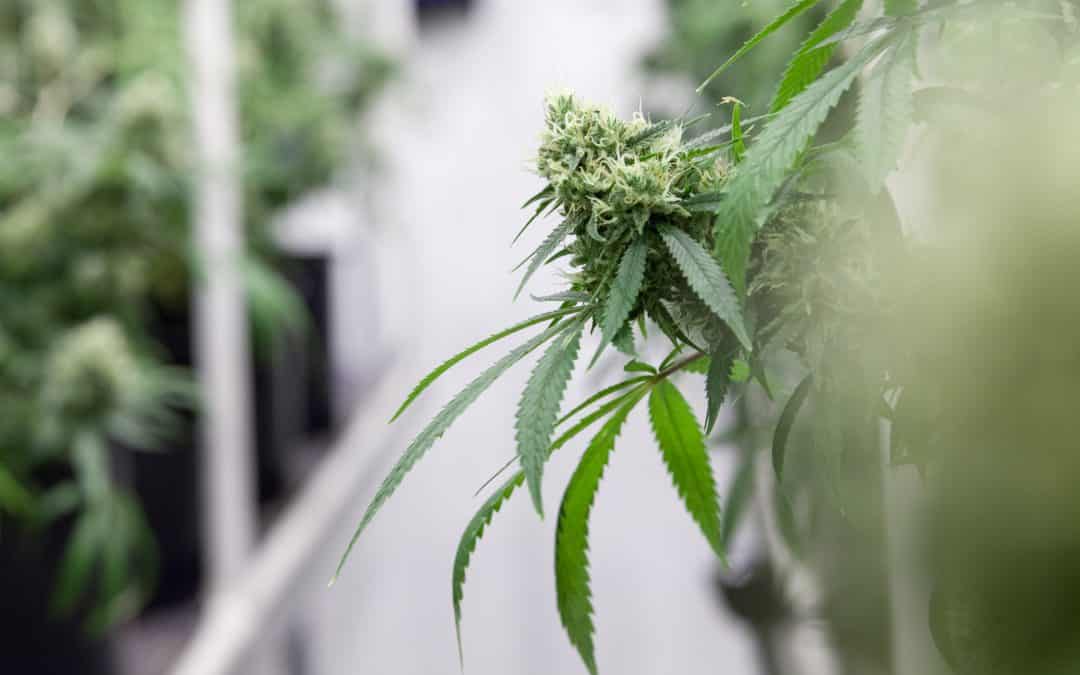While cannabis has been cultivated around the world for thousands of years, modernization has made it easier than ever to grow the plant, whether in an outdoor garden bed or an isolated indoor facility.
For canna-connoisseurs, knowing where and how their cannabis is grown is important, but the average or occasional user may not be as discerning. As women and mothers, we tend to want to know what we are putting in our, or our family’s, bodies.
We believe it’s important to know how flower grown under artificial lights differs from that raised under the sun, or at least to know what questions to ask your budtender.
In light of our own curiosity, Sweet Jane explores the difference.
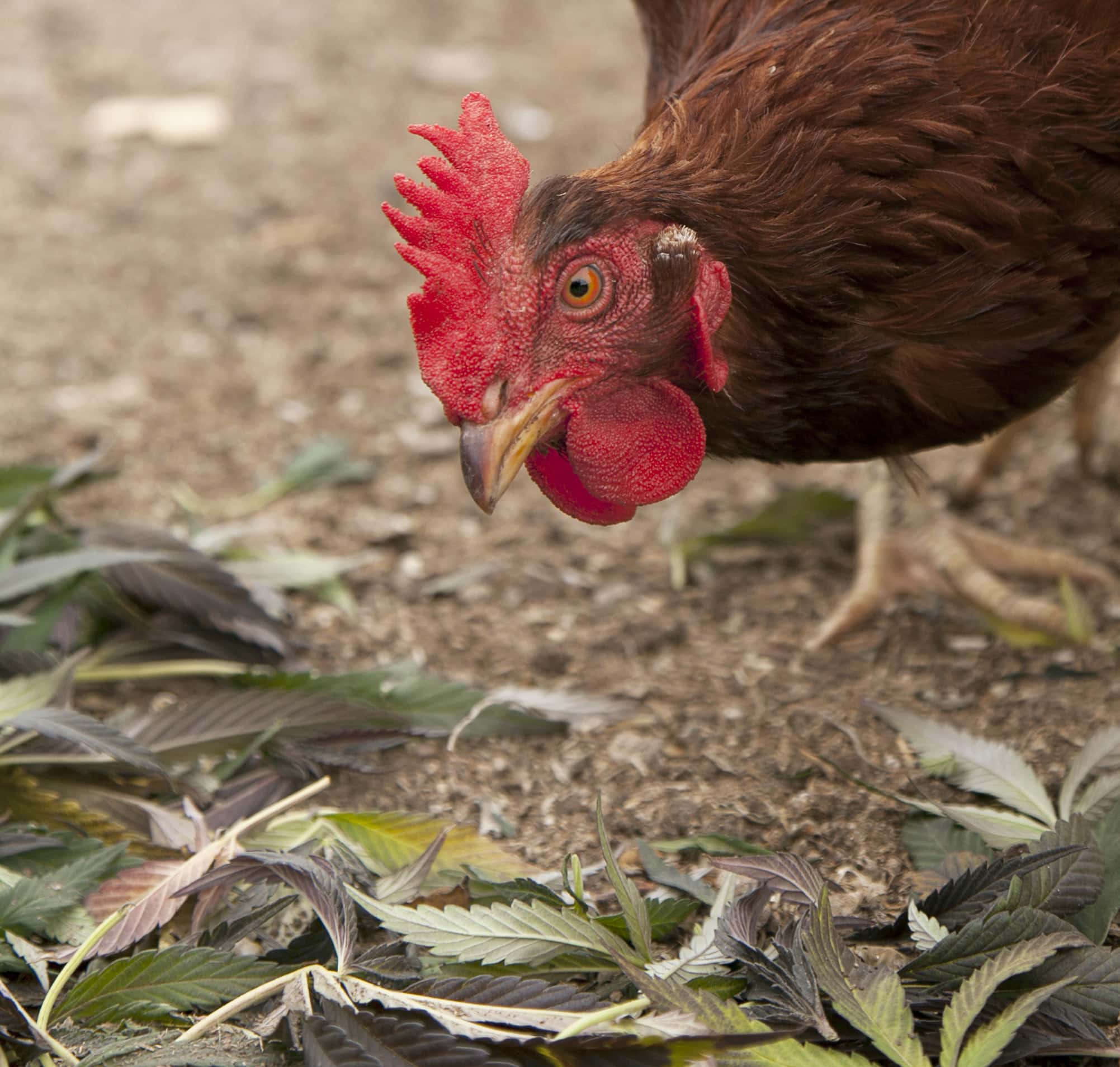
First, A Brief History of Cannabis Farming
According to archaeologists, cannabis has been present in human society since at least 3000 B.C. As a plant, it is native to several global regions, including China and India, and thrives in temperate climates with low humidity and plenty of sunshine. In North America, a region of Northern California known as the “Emerald Triangle” continues to be revered for its near-perfect environmental conditions for growing cannabis outdoors.
Up until the 1900s, marijuana was almost exclusively grown outdoors. The onset of prohibition, as well as the desire for cannabis in places with less-than-ideal growing conditions, led growers indoors. Lights meant to mimic the sun’s glow were created and hydroponics (growing in water) became more prevalent.
Now that some form of cannabis is legal in 33 states, the business of cannabis cultivation has boomed in a way never seen before. Advanced agricultural techniques are front and center in the industry, as larger investments mean more research and development.
That doesn’t mean good old soil, water, and sun have become obsolete; rather today there are simply more choices for large-scale producers and home growers alike.
The Best States to Grow Outdoors
California
Hawaii
Oregon
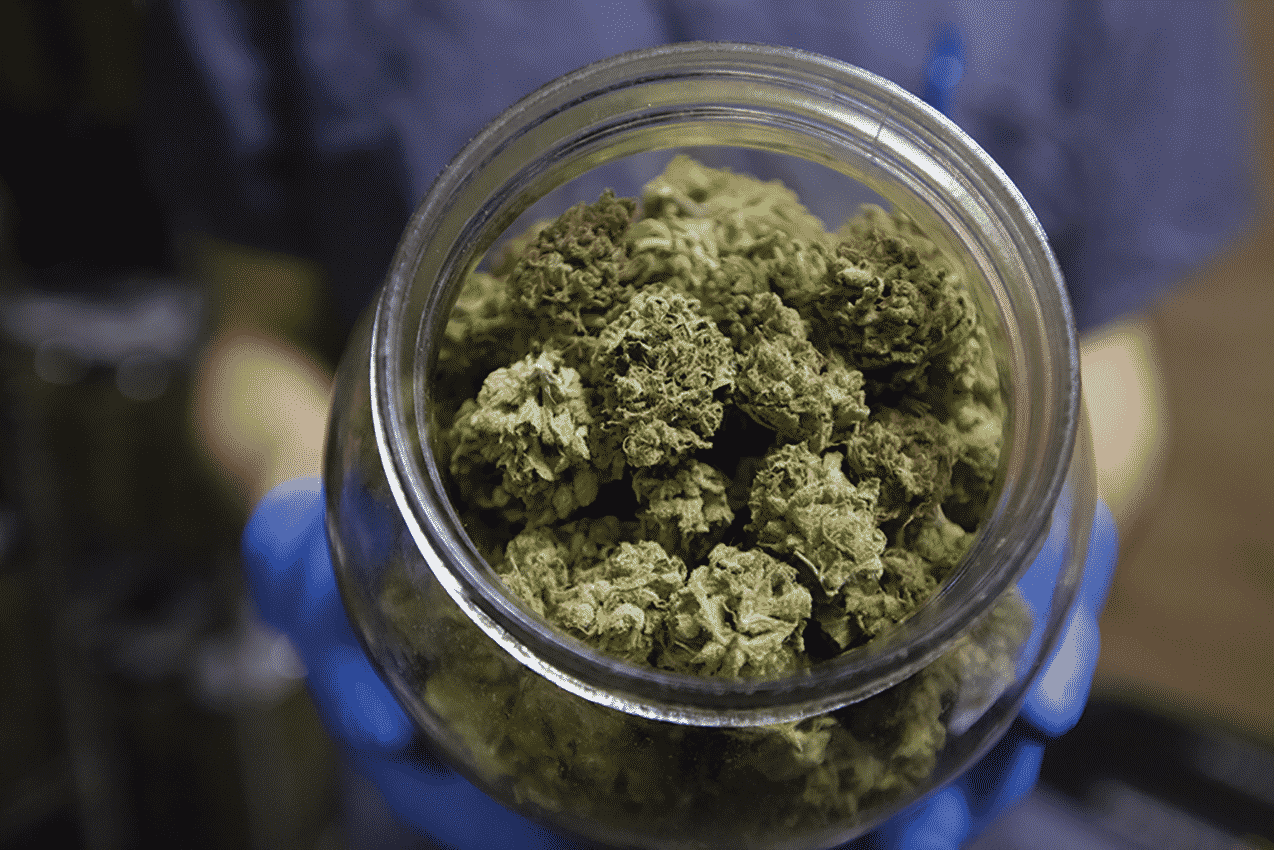
States That Test for Pesticides
Not every state requires cannabis be tested for chemical pesticides or other microbials, often leaving it up to the consumer to figure out what exactly they’re smoking. Here’s a list of states currently testing their legal bud (first reporterd by Leafly):
Alaska California Colorado Connecticut
Delaware Florida Illinois Maine Maryland
Massachusetts Minnesota Nevada
New Hampshire New Jersey New Mexico
New York Oregon Vermont Washington
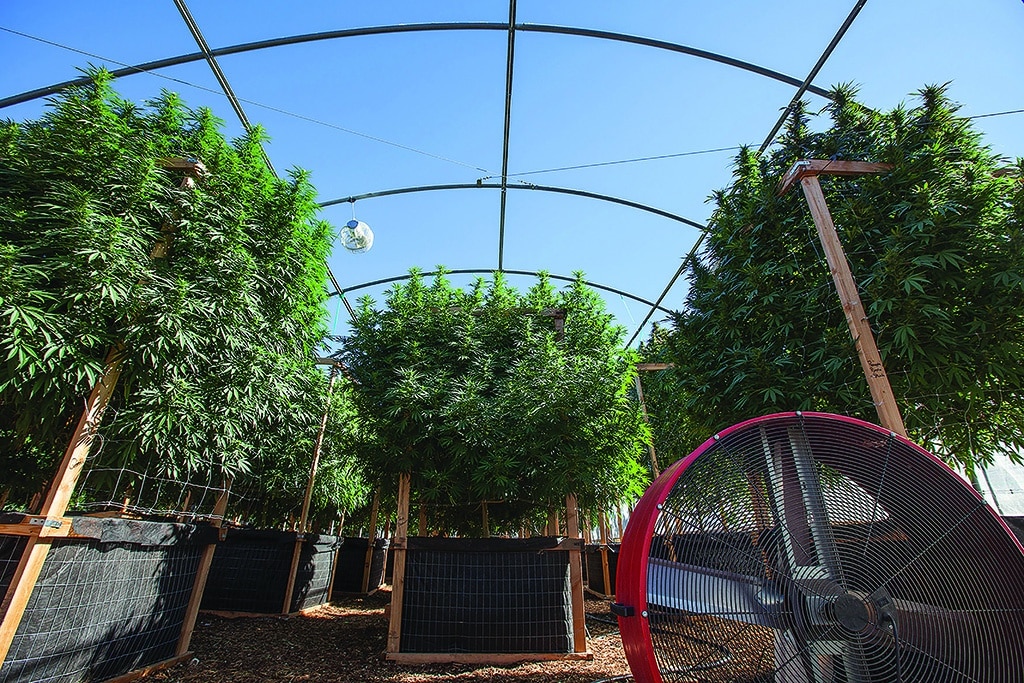
Environmental Factors Play a Crucial Role
The lifecycle of a cannabis plant varies widely between cultivars, but it is usually somewhere between eight and 12 weeks from seed germination to harvest. As mentioned, it is critical that the environment is just right in order for the plants to develop. This is one of the main reasons many growers opt to go inside—they can control the conditions. Additionally, cannabis may not be exported from state to state, meaning producers in certain geographical locations have no choice but to utilize indoor methods.
Even Canadians are weighing the pros and cons of the two options. Char Graham is a grower from British Columbia, Canada, where she is licensed as a medical patient and caregiver. After two seasons of outdoor growing, she concluded the chilly Pacific air was too much of a risk factor and moved her garden to a sealed area of her home. After finding the perfect growth medium —cocoa and composted tea—she discovered the potency of the strains she was growing went up as soon as she moved them indoors.
“The same product grown outdoors is considerably weak compared to the same strain grown inside,” Graham tells Sweet Jane. “By the time the bud is really ripened, which where I live is in October, that’s when we tend to get a lot of rain. You can lose a whole crop if you get early rain. It’s hard; you have to really pick short-flowering strains, so your choices are quite limited.”
Around 600 miles south in Oregon, Becky Frieze of Treetop Gardens prefers to switch it up (Editor’s Note: Becky Frieze serves as an editorial board member to Sweet Jane). While the convenience of indoor growing makes it possible to harvest more frequently, the milder climate makes the region perfect for outdoor growing. Frieze wouldn’t have it any other way.
“There’s something about the sun-grown, the natural light,” Frieze says. “It seems to me like the terpene levels are higher with the outdoor plants.”
Taking things outdoors also may lighten the workload a bit, according to Graham.
“Mother Nature is certainly more forgiving,” she says with a laugh. “She does the work for you!”
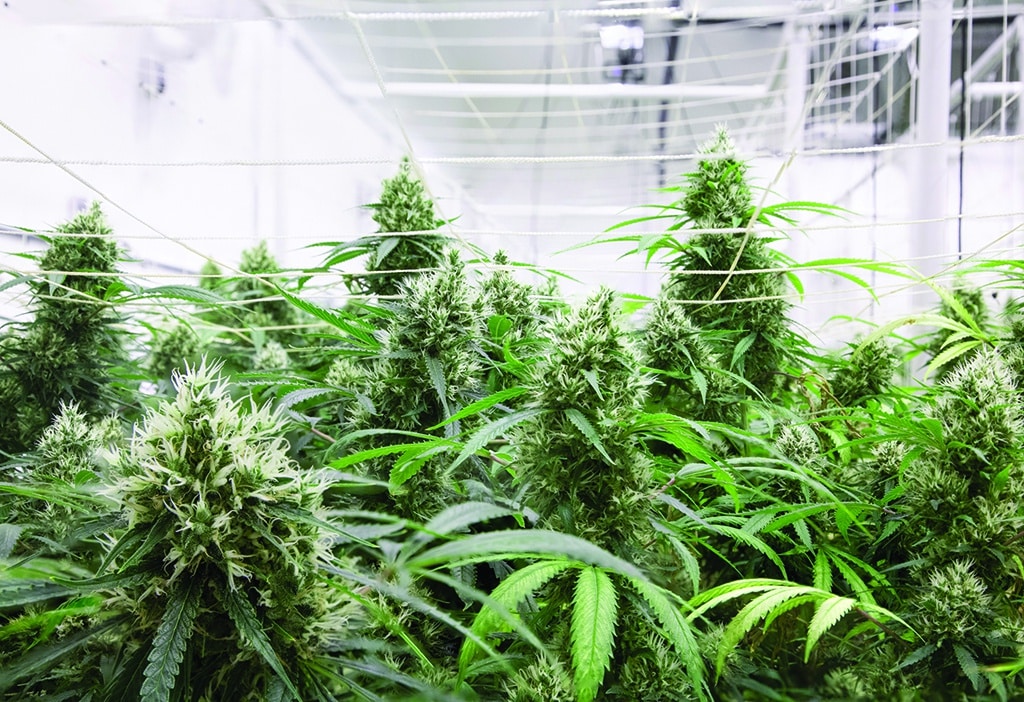
Artificial Light = Higher-Cost Bud
One thing Graham and Frieze agree on is that the costs of cultivation skyrockets once underneath a canopy of LEDs. Power bills for licensed producers are often astronomical, and hiring a team to water and tend to thousands of maturing plants can prove costly. This in turn can translate to higher costs for the consumer, both for medical patients and adult-use imbibers.
“One of the misconceptions with outdoors is that it is by default a lower quality,” says Danny Sloat, who along with his wife, Murr, own and operate AlpinStash, a Colorado-based indoor growing facility. “Why I would say that is often true for various reasons, especially in a place like Colorado that doesn’t have great native soil, that is not always true. Outdoor can be done very well.”
Another caution with indoor-grown cannabis is that it can be more susceptible to microbial contamination, including mold and pests. One way growers combat this is by using seeds instead of clones (a cutting from a plant to become its own plant), which may reduce this risk. Graham also uses predatory insects, such as ladybugs, to help protect her indoor crops from mites. To fight off mold and mildew, growers must have a properly ventilated space. During the curing and storage process, many utilize two-way humidity control packets that prevent over-evaporation and mold at the same time, and UV lights on the walls to help disinfect.
“I can’t stress cleanliness and environment controls enough, and having strong genetics,” adds Sloat, who requires any employees or visitors to wear protective gear and hairnets. “A hearty plant will help ensure you don’t have issues.”
Should I Be Buying Organic?
Just like any other commercial crop, the use of pesticides, fungicides, and other potentially hazardous chemicals during the cultivation of cannabis is becoming more of a concern—especially to consumers.
While some states that have legalized marijuana (including California, Maine, and Massachusetts) mandate all products be tested for the presence of certain pesticides and other microbials, many do not, and the makeup of black market cannabis is a mystery.
Some large-scale cannabis growers argue banning the use of pesticides that are permitted in the other mainstream agricultural products is unfair and a detriment to their bottom line. Others embrace an all-natural approach and instead deploy alternative methods of pest mitigation, including the use of predatory insects or ozone-enriched water.
While the USDA is not (yet) certifying cannabis organic due to federal law, industry-specific third-party certification organizations have sprouted up, the biggest being Clean Green Certified. Look for the logo at your local dispensary if you want the closest thing you can get to organic in the market. Jade Stefano, co-founder and CEO of Washington state-based Puffin Farms, opted to have her outdoor grow certified by Clean Green to show consumers her level of dedication to sustainability.
“Anybody who is trying to be credible with their claims needs to get a third-party certification,” Stefano told Sweet Jane. “I think all responsible producers and processors should seek this out when possible.
There are a lot of people in this industry who are willing to say and do anything to get a sale.”
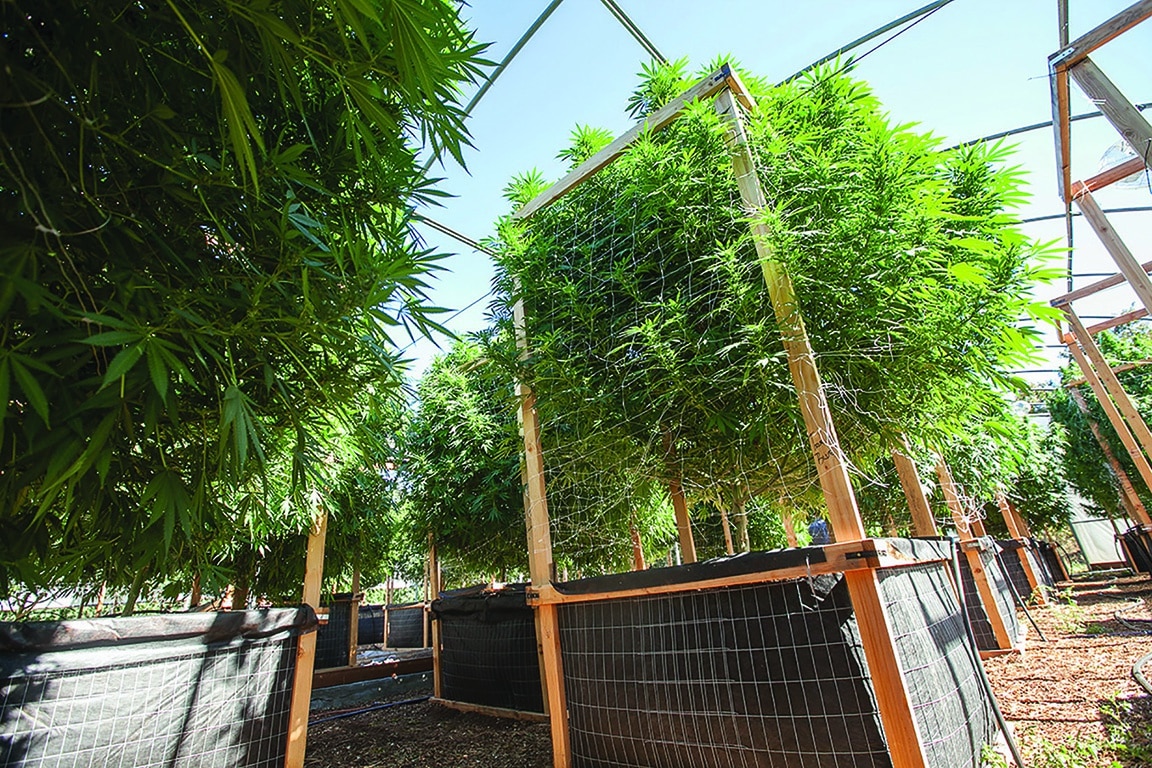
Indoor or Outdoor, It’s What’s Inside That Counts
Although agricultural standards are somewhat commonplace, cannabis cultivation practices still vary greatly. Regulations on pesticides and other additives also differ from state to state.
While there is no such thing as “certified organic” yet in the legal marijuana marketplace, organizations like Clean Green Certified and the Cannabis Certification Council are popping up in order to set the bar high (no pun intended).
“Whether you’re buying indoor or outdoor, knowing your farmer and knowing where your product is coming from is the most important thing,” says Frieze. “You want to know that people have good standards, they care about the Earth, and they care about what they’re putting into their product.”
Artwork by Allie Beckette, Canna Obscura
